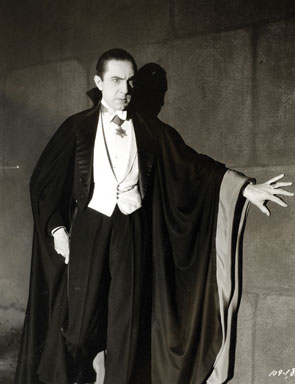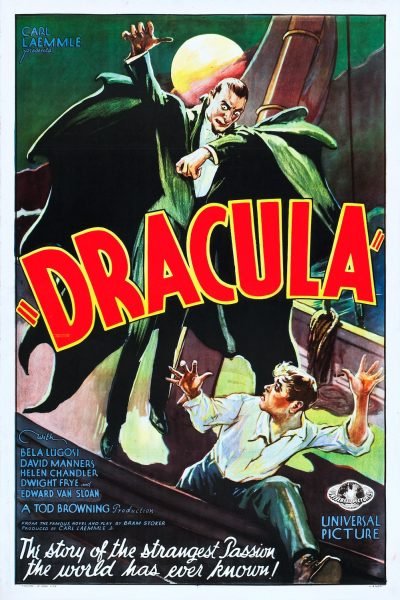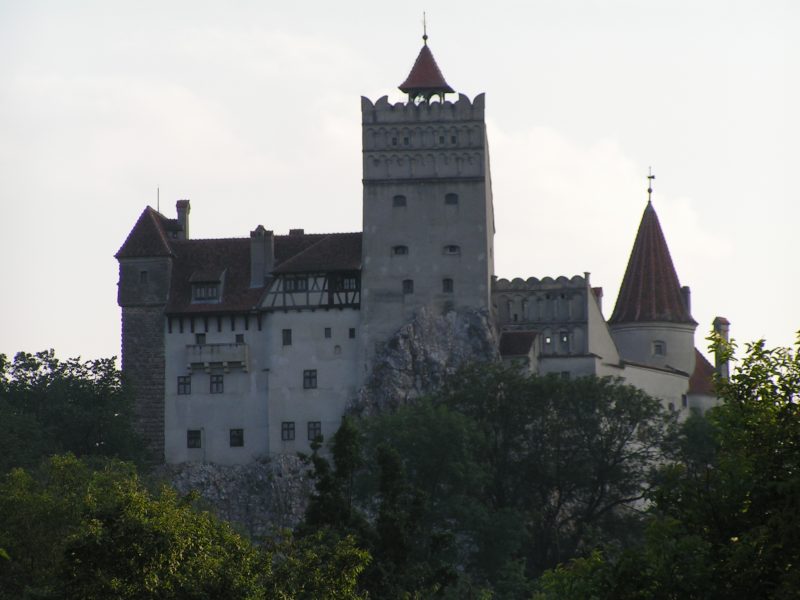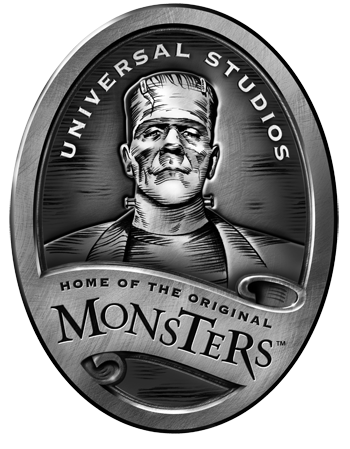
Countdown to Halloween – the Seven Days of Halloween – Day One

Seven days to Halloween and a chance to have a look in more detail at some aspects of our Halloween exhibition. We thought we’d celebrate the run up to October 31st by doing a Halloween blog a day with the theme of “The Seven Days of Halloween” which is essentially a rip off of “The Twelve Days of Christmas”. As you probably know, in the song the Twelve Days of Christmas the lyrics are “On the first day of Christmas my true love sent to me, a partridge in a pear tree” so we have adapted this to “On the first day of Halloween my true love sent to me…a vampire in a coffin”.
“…the classic images of mortality and the grave: skeletons, vampires, zombies, and ghosts. The grand marshal of the Halloween parade is, and always has been, Death. At Halloween, the living often make themselves appear dead…” D J Skal, Death makes a holiday: a cultural history of Halloween.
Maybe vampires are connected with Halloween because they are otherwordly and seem to fit the dark, gothic mood of the night, they are also alluring appealing to people who are drawn to the dark (and who might also like Halloween) or maybe there are other reasons, here we explore the connections between vampires and Halloween.
Vampires and Halloween
When Jonathan Harker travels to Transylvania to meet Count Dracula he is warned, “Do you not know that tonight, when the clock strikes midnight, all the evil things in the world will have full sway?” It would seem that the novel Dracula, published in 1897, was set on Halloween but the night referred to was actually the eve of St George’s Day (or April 22nd). Halloween has no significance in Romania as many baffled Dracula buffs find out when they visit on October 31st! Irrespective of this, many people travel to Transylvania to stay at Castle Dracula on October 31st. In Duncan Light’s essay “Halloween in Transylvania” in Treat or Trick? Halloween in a globalising world (ed. Malcolm Foley and Hugh O’Donnell) one visitor to Castle Dracula explained how they felt about it:
“I don’t believe in the supernatural, but I can enjoy it and get a thrill out of pretending it exists…it’s a chance to, you know, suspend the rules…let’s pretend there are vampires and…I’m also looking forward to being scared.”
“Three of the group mentioned they hoped to hear wolves howling in the surrounding mountains. And one woman told me she was intending to quietly creep back to her room at midnight and leave a glass of chilled wine on her windowsill for Count Dracula. For these tourists, Halloween was a time – and Transylvania a place – for giving full rein to the imagination.”

Vampires weren’t actually associated with Halloween until very recently. The film Dracula starring Bela Logosi was released in 1947 on Valentine’s Day and marketed as “the strangest passion the world has ever seen!” and the popular association of Halloween with vampires may be the result of effective Universal Studios marketing.
Universal film studios made some classic horror films such as Dracula (1931), The Mummy (1932), Frankenstein (1931) and the Wolf Man (1941). When they were released no connection was made between the films and Halloween but in the 1960s, Universal Pictures began to aggressively market these classic early films as Halloween tie-ins. They were shown on television and also sold on video. They were very popular: inspiring costumes and parties (many people from the 1960s onwards watched horror films on Halloween largely because of Universal).
Since 1991, Universal have held an annual event at its studios. It started with the name “Fright Nights” and is now called “Universal Horror Nights”. These events have become ever more elaborate. One event in 2014, showed Alien versus Predator on the cover of the leaflet and another from 2015 has The Walking Dead on the cover and features films such as Crimson Peak and Despicable Me. The scope of Halloween has broadened to incorporate any film which is slightly dark and even aliens!
In 1999, Universal Pictures spent $20 million in a marketing campaign with the message “Universal IS Halloween”. This was to coincide with the DVD release of many of its classic horror films and was hugely successful.

While many people see October 31st as a festival of death which seeks to help us understand and cope with the natural process of death and dying, the symbols of Halloween (such as Dracula and Frankenstein’s monster) suggest that many people are not able to come to an accommodation with death and that Halloween is about an inability in the modern Western secular world to deal with ageing and death. Dracula and Frankenstein’s monster are neither living nor dead, their bodies are unnatural, they represent modern man’s uneasiness about death and the decaying body.
“When death did return to Halloween, it was largely…the product of the silver screen, often a reworking of the Gothic fascination with violence, eroticism, and the poltergeists of the imagination, themes that were the staple fare of nineteenth century writers…Death as part of the cycle of life was not something that Halloween chose to commemorate. It confronted it only as a by-product of the uncanny and the repressed…In Mexico, by contrast, the remembrance of the dead remained absolutely critical to Todos Santos.” Nicholas Roger, Halloween from Pagan ritual to party night.
Tomorrow, the second day of Halloween, my true love sent to me…two cats a mewing and a vampire in a coffin!
Leave a Reply
You must be logged in to post a comment.